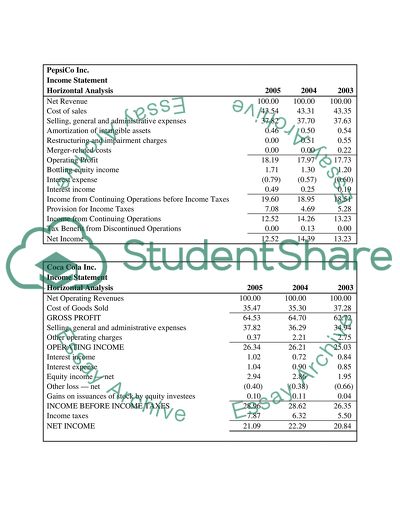Cite this document
(“Horizontal and Vertical Financial Analysis - PepsiCo vs Coca-Cola Essay”, n.d.)
Retrieved from https://studentshare.org/marketing/1397102-financial-analysis
Retrieved from https://studentshare.org/marketing/1397102-financial-analysis
(Horizontal and Vertical Financial Analysis - PepsiCo Vs Coca-Cola Essay)
https://studentshare.org/marketing/1397102-financial-analysis.
https://studentshare.org/marketing/1397102-financial-analysis.
“Horizontal and Vertical Financial Analysis - PepsiCo Vs Coca-Cola Essay”, n.d. https://studentshare.org/marketing/1397102-financial-analysis.


